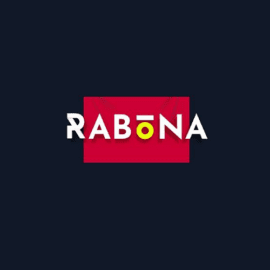The Arab World’s Most Popular Camel Race Tracks 2025
Camel racing, a sport deeply rooted in the cultural heritage of the Arab world, is more than just a competitive event; it is a celebration of tradition, endurance, and community. For centuries, this sport has been a symbol of prestige and pride, attracting enthusiasts from across the Middle East and North Africa. The sight of camels thundering across the desert sands, their riders expertly guiding them, is a testament to the enduring bond between the people of the region and these magnificent animals.
In recent years, camel racing has evolved significantly, blending ancient practices with modern innovations. The camel race tracks has seen a resurgence in popularity, drawing international attention and fostering significant economic and social developments in the regions where it thrives. From the cutting-edge tracks of the Arabian Peninsula to the historic racing grounds of North Africa, camel racing continues to captivate audiences, offering a unique glimpse into the rich cultural tapestry of the Arab world.
Read more +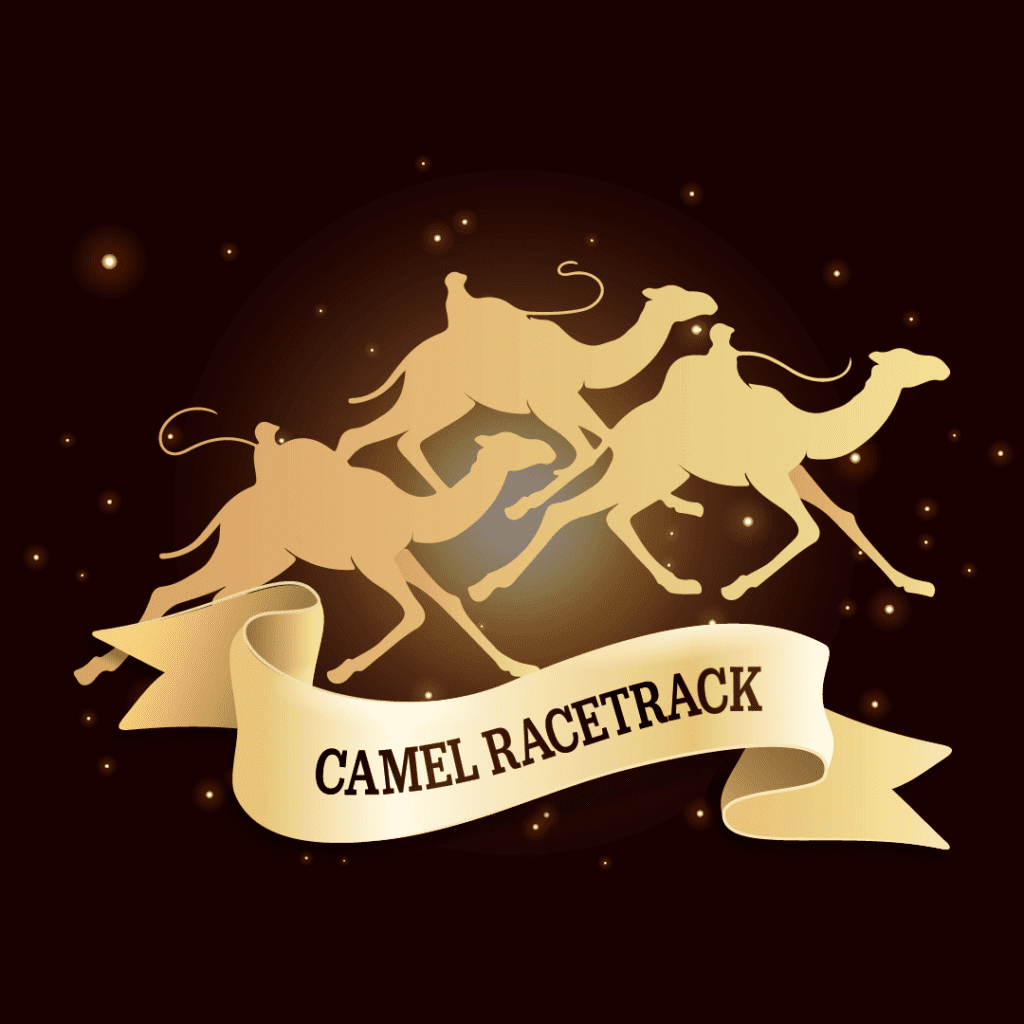
The Top Camel Racing Betting Sites

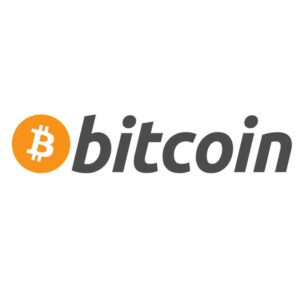

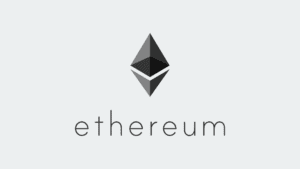

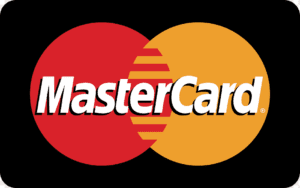
 + 2
+ 2
- Wide selection of slots
- Many Live casino game tables
- The website is in Arabic language
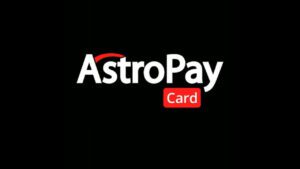



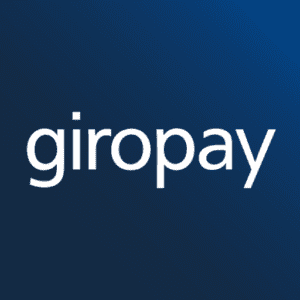
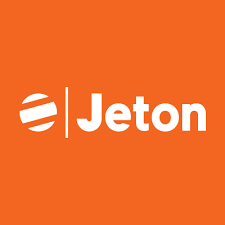
 + 10
+ 10
- Quick registration process
- Many Live delaer tables
- A diverse selection of bonuses and offers






 + 7
+ 7
- 24/7 customer support
- Generous VIP program
- Many Live casino tables
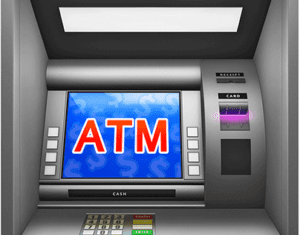

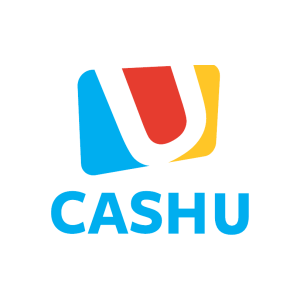



 + 5
+ 5
- Customer support in Arabic language
- Many slot machines
- Great VIP program






 + 9
+ 9
- Great VIP loyalty program
- Easy registration
- Customer support in Arabic language






 + 5
+ 5
- Fast customer support
- Wide selection of slots
- Wide range of sports betting options






 + 8
+ 8
- Generous VIP program
- Excellent customer support
- Many deposit methods available
This article delves into the most popular camel race tracks across the Arab world, highlighting their historical significance, modern advancements, and the profound impact they have on the societies that surround them. Whether in the deserts of the Middle East or the vast plains of North Africa, these race tracks are not just venues for competition but are also vibrant centers of community life, where tradition meets progress in a uniquely Arab spectacle.
Top Camel Race Tracks in the Middle East
The Middle East is home to some of the most prestigious and well-maintained camel race tracks in the world. These tracks are not just arenas for competition but also serve as cultural landmarks that highlight the deep-rooted traditions of camel racing in the region. Below, we explore three of the most iconic camel race tracks in the Middle East: Al Marmoom Camel Race Track in Dubai, Al Shahaniya Camel Race Track in Doha, and Sultan Bin Zayed Race Track in Abu Dhabi.
Al Marmoom Camel Race Tracks (Dubai, UAE)
Al Shahaniya Camel Race Tracks (Doha, Qatar)
Sultan Bin Zayed Race Tracks (Abu Dhabi, UAE)
Al Marmoom Camel Race Tracks, located in Dubai, is one of the most renowned camel racing venues in the Arab world. Established to preserve and promote the ancient tradition of camel racing, the track has become a symbol of the UAE’s dedication to its cultural heritage. Al Marmoom is situated in the heart of the desert, providing an authentic environment that echoes the sport’s origins.
The track plays a crucial role in the UAE’s cultural landscape, hosting races that attract participants and spectators from across the region and beyond. It is not only a center for sports but also a gathering place for families and communities, making it a significant social hub.
Key Events and Races
Al Marmoom Camel Race Track is known for hosting some of the most prestigious camel racing events in the world. The highlight of the racing calendar is the Al Marmoom Heritage Festival, a grand event held annually that features a series of races with significant prize money at stake. The festival attracts the best camels and jockeys, turning the track into a global stage for the sport.
Another notable event is the Crown Prince of Dubai Camel Race, which draws considerable attention and is seen as a pinnacle of achievement for competitors. These events are not just about the races; they also include cultural exhibitions, traditional music, and culinary delights, celebrating the rich heritage of the UAE.
Prominent Camel Race Tracks in North Africa
North Africa, with its vast deserts and rich cultural heritage, is home to some of the most iconic camel race tracks in the region. These tracks not only serve as venues for competitive racing but also as cultural landmarks that celebrate the deep connection between the people of North Africa and their traditions. Two of the most prominent camel race tracks in this region are Matmata Camel Race Track and Douz Camel Race Track, both located in Tunisia. Each of these tracks has its own unique history and plays a vital role in the cultural fabric of the region.
Matmata Camel Race Tracks (Tunisia)
Matmata, a small town in southern Tunisia, is best known for its unique underground homes and stunning desert landscapes. However, it is also renowned for its camel race track, which has a deep historical significance. The Matmata Camel Race Track has been a focal point for local communities for generations, serving as a site where traditional camel racing has been practiced for centuries.
The history of camel racing in Matmata is intertwined with the nomadic lifestyle of the region's inhabitants, who have long relied on camels for transportation and trade. The track itself is a testament to this enduring relationship, with races that have been passed down through generations, preserving a way of life that is closely tied to the rhythms of the desert.
Key Events
The most significant event at the Matmata Camel Race Track is the annual Matmata Camel Festival. This festival, which takes place every spring, is a vibrant celebration of the region's cultural heritage. The camel races are the highlight of the event, drawing competitors from across Tunisia and neighboring countries. These races are fiercely contested, with riders showcasing their skills and the strength and endurance of their camels.
In addition to the races, the Matmata Camel Festival also features a variety of cultural activities, including traditional music, dance, and craft exhibitions. The festival is a key event for the local community, offering a chance to celebrate their heritage and share it with visitors from around the world.
Douz Camel Race Tracks (Tunisia)
Douz, often referred to as the "Gateway to the Sahara," is another important hub for camel racing in Tunisia. The Douz Camel Race Track is one of the most well-known in North Africa, largely due to its association with the International Festival of the Sahara. This annual festival is one of the largest and most prestigious cultural events in the region, attracting participants and spectators from across the Arab world and beyond.
The camel races at the Douz track are a central feature of the festival, showcasing the speed and agility of the camels, as well as the skill of their riders. These races are highly competitive, with significant prizes for the winners, adding to the excitement and prestige of the event. The festival also includes a variety of other competitions, such as traditional games and horse racing, making it a comprehensive celebration of Saharan culture.
Cultural Impact
The cultural impact of the Douz Camel Race Track and its associated events cannot be overstated. The races at Douz are not just a sport; they are a living expression of the region's history, traditions, and way of life. The International Festival of the Sahara, in particular, plays a crucial role in preserving and promoting the cultural heritage of the region. It provides a platform for local communities to showcase their customs and traditions, fostering a sense of pride and identity.
The festival also has a significant economic impact on the region, drawing thousands of tourists each year who come to experience the unique blend of culture and tradition. This influx of visitors provides a boost to the local economy, supporting businesses and creating opportunities for cultural exchange.
The Matmata and Douz camel race tracks are more than just sports venues; they are cultural epicenters that highlight the rich traditions and heritage of North Africa. Through their annual events and festivals, these tracks help to preserve the ancient practice of camel racing while also promoting the region's unique cultural identity on a global stage.
Technological Advancements in Camel Racing
Camel racing, a sport steeped in tradition, has undergone significant technological transformations in recent years. These advancements have not only modernized the sport but also enhanced safety, fairness, and the overall experience for participants and spectators alike. Two of the most impactful innovations in camel racing are the use of robotic jockeys and the advancements in track design.
Use of Robotic Jockeys
One of the most revolutionary changes in camel racing has been the introduction of robotic jockeys. Traditionally, human jockeys, often young boys, were used to ride camels during races. However, concerns over the safety and well-being of these jockeys led to the development and adoption of robotic jockeys, a shift that has transformed the sport.
Robotic jockeys, which first appeared in the early 2000s, are small, lightweight devices that are mounted on the camels. They are equipped with a whip mechanism, controlled remotely by the camel's owner or trainer, allowing precise control over the camel's speed and direction during the race. These robots are also outfitted with GPS tracking and sensors that provide real-time data on the camel’s performance, giving trainers valuable insights that can be used to improve racing strategies.
The adoption of robotic jockeys has significantly improved the safety of the sport, eliminating the risks associated with using child jockeys. It has also leveled the playing field, as these robots are standardized and cannot influence the outcome of a race through human error or fatigue. This technological leap has been widely accepted across major camel racing tracks in the Middle East and North Africa, setting a new standard for the sport.
Innovations in Track Design
Alongside the introduction of robotic jockeys, camel racing has also benefited from significant innovations in track design. Modern camel race tracks are now equipped with advanced technology to ensure optimal conditions for racing and to enhance the experience for both competitors and spectators.
One of the key innovations in track design is the implementation of automated starting gates and electronic timing systems. These systems ensure a fair start for all camels and provide precise timing data, which is crucial for determining race results and for maintaining records. Tracks are also equipped with sophisticated monitoring systems that use cameras and sensors to track each camel’s position and speed throughout the race, ensuring transparency and accuracy in judging.
Additionally, the surface of the tracks has seen improvements, with many tracks now using specially designed materials that reduce the risk of injury to the camels. These surfaces are engineered to provide the right balance of grip and cushioning, allowing camels to reach their maximum speed while minimizing the impact on their joints and hooves.
For spectators, modern camel race tracks offer enhanced viewing experiences with the construction of elevated grandstands, large video screens for live race coverage, and comfortable facilities. Some tracks have even incorporated augmented reality (AR) experiences, allowing spectators to get closer to the action through immersive technology.
These advancements in track design have not only improved the safety and fairness of the races but have also made the sport more accessible and enjoyable for a global audience. As technology continues to evolve, it is likely that camel racing will see further innovations, ensuring that this ancient sport remains vibrant and relevant in the modern era.
You May Also Like

With over a decade of experience in the gambling industry, encompassing both traditional and online gaming, the author has established themselves as a seasoned expert. What initially began as a simple hobby of crafting descriptions for casinos and online slot machines gradually evolved into a daily pursuit, consuming a significant portion of their time. Martins doesn’t limit their writing to online casinos alone, but also offers valuable insights into the world of sports betting. This extensive background ensures a wealth of knowledge and expertise in the field of gambling.




